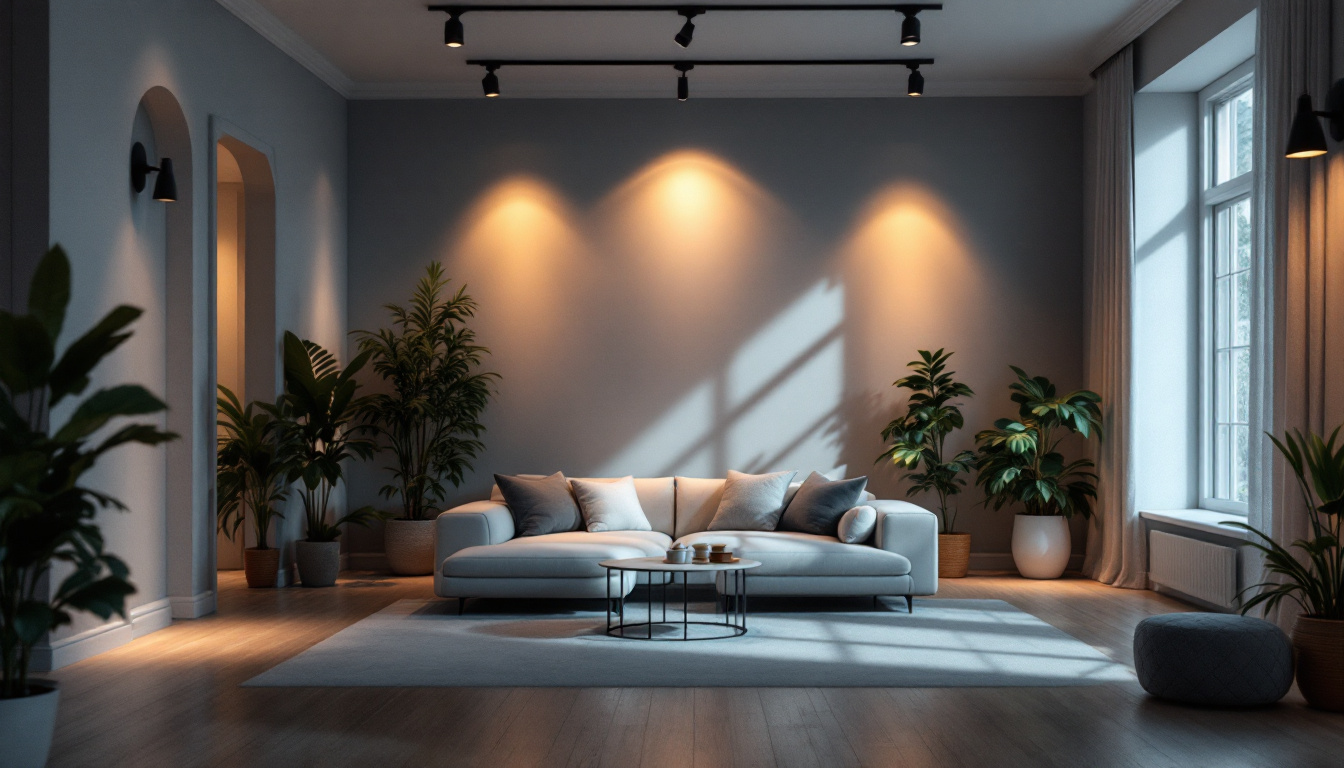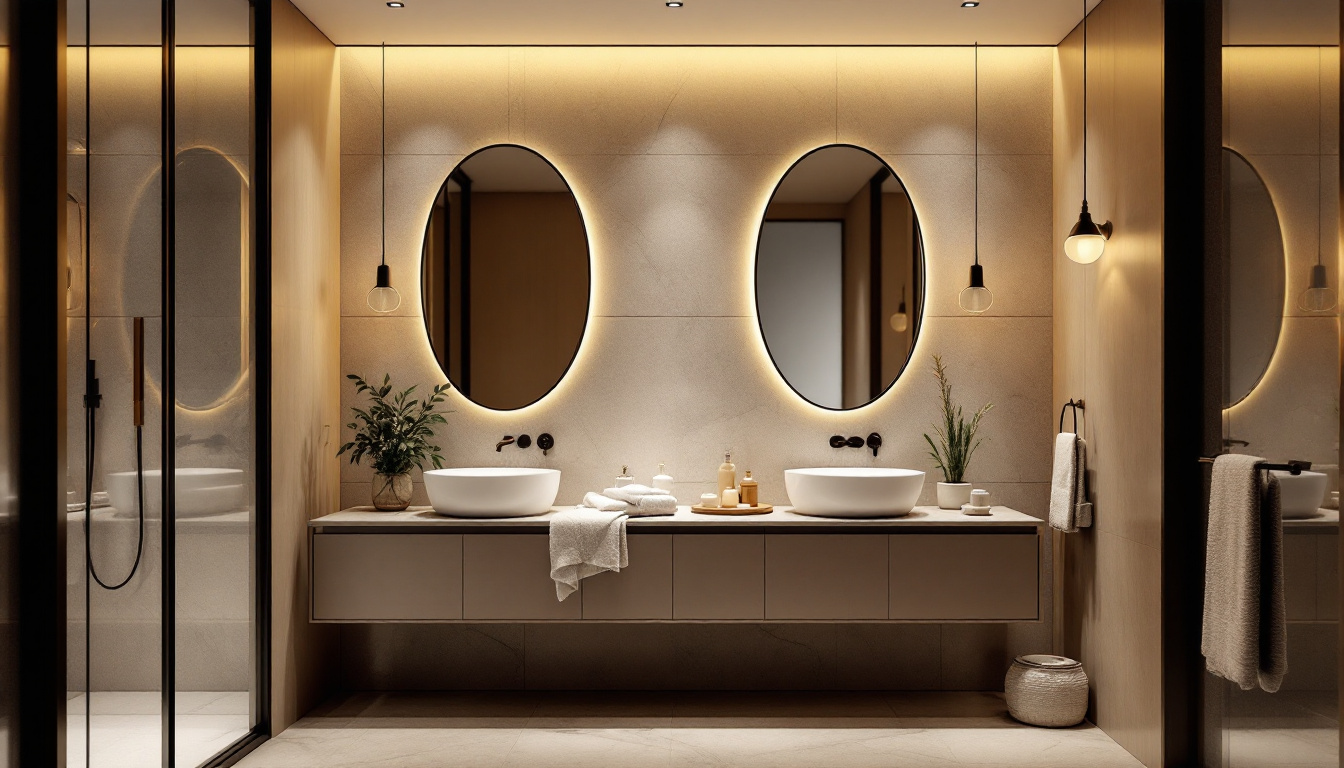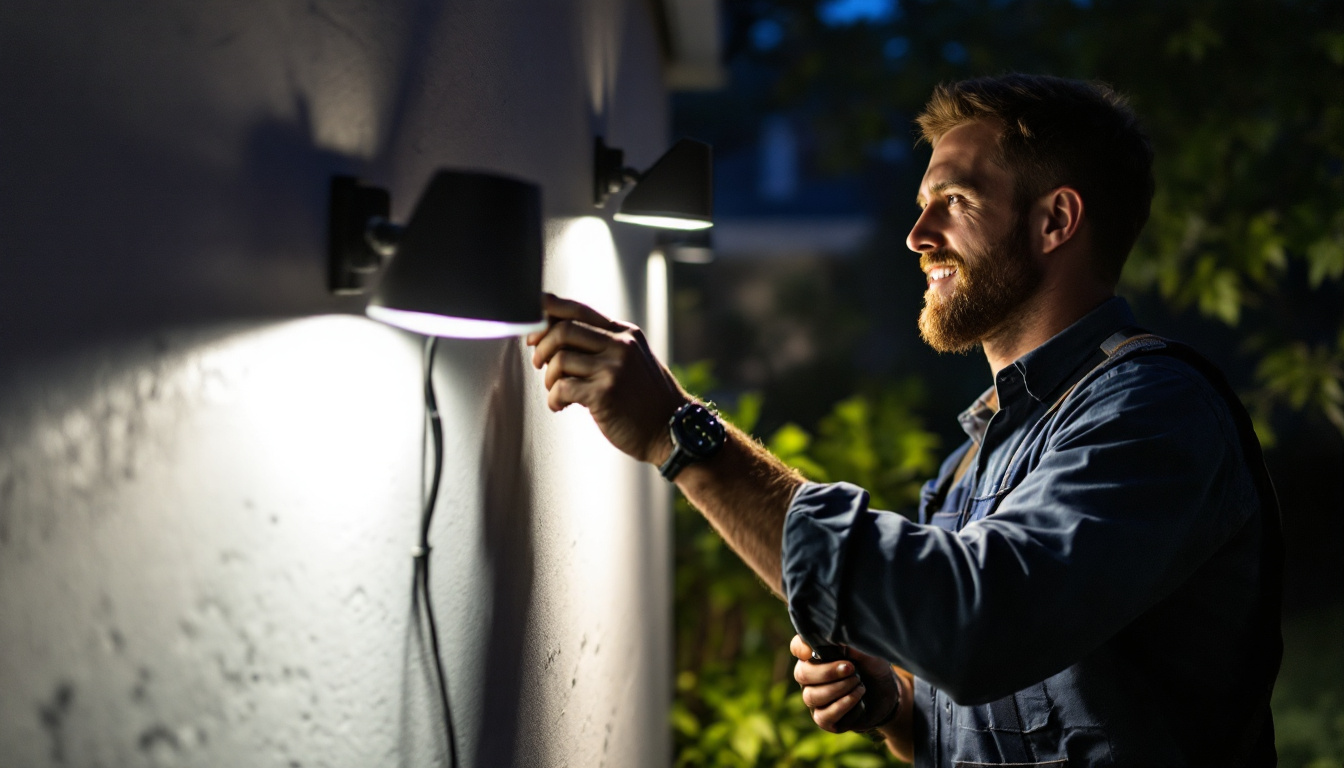

In the realm of modern lighting design, indirect lighting has emerged as a pivotal technique that enhances both aesthetics and functionality. For lighting contractors, mastering this approach can set them apart in a competitive market. This article delves into the nuances of indirect lighting, offering expert advice tailored specifically for lighting contractors.
Indirect lighting refers to the technique of directing light towards a surface, which then reflects the light into the space. This method creates a soft, diffused illumination that can enhance the ambiance of any environment. Unlike direct lighting, which can create harsh shadows and glare, indirect lighting provides a more uniform distribution of light, making spaces feel larger and more inviting.
One of the primary advantages of indirect lighting is its ability to create a warm and welcoming atmosphere. This is particularly beneficial in residential settings, where homeowners seek comfort and relaxation. Additionally, indirect lighting can highlight architectural features and artwork without overwhelming the viewer with brightness.
Moreover, indirect lighting is energy-efficient. By utilizing reflective surfaces, it maximizes the effectiveness of light sources, allowing for lower wattage fixtures to achieve the desired effect. This not only reduces energy consumption but also prolongs the lifespan of the lighting components, making it a cost-effective solution in the long run. Furthermore, the gentle nature of indirect lighting can reduce eye strain, making it an ideal choice for spaces where people spend extended periods, such as reading nooks or study areas.
Indirect lighting can be effectively employed in various settings, including residential, commercial, and institutional spaces. In homes, it can be used in living rooms, bedrooms, and kitchens to create a cozy atmosphere. For commercial spaces, such as offices and retail environments, indirect lighting can enhance productivity and customer experience by providing a comfortable and inviting atmosphere.
In institutional settings like schools and hospitals, indirect lighting can contribute to a calming environment, which is essential for both learning and healing. By understanding the specific needs of each space, lighting contractors can tailor their indirect lighting solutions accordingly. For example, in a classroom, indirect lighting can be strategically placed to reduce glare on screens while ensuring that students have adequate visibility for reading and writing. Similarly, in hospitals, soft indirect lighting can help create a soothing environment for patients, aiding in their recovery process while also providing staff with the necessary illumination to perform their duties effectively.
Additionally, the versatility of indirect lighting allows for creative design possibilities. It can be integrated into architectural elements such as coves, recessed ceilings, and wall sconces, adding depth and dimension to a space. Designers often use color-changing LED technology in indirect lighting to create dynamic atmospheres that can be adjusted based on the time of day or specific events, further enhancing the functionality and aesthetic appeal of the environment.
When planning an indirect lighting scheme, several design considerations must be taken into account. These include the type of light sources, the placement of fixtures, and the reflective surfaces in the space. Each element plays a crucial role in achieving the desired lighting effect.
The choice of light sources is fundamental to the success of an indirect lighting design. LED fixtures are often the preferred option due to their energy efficiency, longevity, and versatility. They are available in various color temperatures, allowing contractors to select the perfect hue to complement the space.
Additionally, dimmable LED options can provide flexibility, enabling users to adjust the brightness according to their needs. This adaptability is particularly valuable in multi-functional spaces where different activities may require varying levels of illumination. For instance, in a home office, a brighter setting may be necessary during the day for focused work, while a softer glow can create a relaxed atmosphere in the evening. Furthermore, smart lighting systems can be integrated, allowing for automated adjustments based on time of day or occupancy, enhancing both convenience and energy efficiency.
Strategic placement of fixtures is essential for effective indirect lighting. Fixtures should be positioned to maximize the reflection of light off surfaces such as walls and ceilings. In many cases, wall-mounted fixtures or recessed lighting can be utilized to achieve the desired effect.
It is also important to consider the height at which fixtures are installed. Higher placements can create a broader spread of light, while lower placements may provide a more intimate feel. Understanding the specific dynamics of each space will guide contractors in making informed decisions about fixture placement. For example, in a dining area, installing fixtures at a lower height can create a cozy ambiance, while in a large living room, higher placements can help illuminate the entire area without overwhelming the senses. Additionally, the arrangement of furniture and architectural features should be taken into account, as these can influence how light interacts with the space.
Reflective surfaces play a critical role in the efficacy of indirect lighting. Walls painted in lighter colors or finished with glossy materials can enhance the reflection of light, amplifying the overall brightness of the space. Similarly, using mirrors strategically can create the illusion of depth and increase the distribution of light.
Contractors should also consider the texture of surfaces. Smooth surfaces tend to reflect light more effectively than textured ones. By combining various materials and finishes, it is possible to create a dynamic interplay of light and shadow that adds interest to the overall design. For instance, incorporating metallic accents or glass elements can further enhance the reflective quality of the space, leading to a more vibrant atmosphere. Additionally, the use of artwork or decorative panels with reflective properties can serve as focal points that not only draw the eye but also contribute to the overall lighting scheme, ensuring that every element works harmoniously to elevate the design experience.
While indirect lighting offers numerous advantages, it is not without its challenges. Lighting contractors must be prepared to address potential issues that may arise during the design and installation process.
One common challenge is achieving adequate light levels in spaces that rely heavily on indirect lighting. It is crucial to conduct a thorough lighting analysis to determine the appropriate number and placement of fixtures. In some cases, supplemental direct lighting may be necessary to ensure that the space is adequately illuminated.
Contractors should also consider the use of higher lumen output fixtures or combining different types of light sources to achieve the desired brightness. A well-balanced approach that incorporates both indirect and direct lighting can lead to a more effective overall design.
Another challenge is managing glare and unwanted reflections. While indirect lighting is designed to minimize glare, poor placement of fixtures or the use of inappropriate reflective surfaces can lead to discomfort for occupants. Contractors should be mindful of sightlines and the angles at which light is directed.
Incorporating adjustable fixtures can provide flexibility in managing glare. Additionally, using diffusers or lenses can help soften the light output and reduce harsh reflections. Understanding the specific needs of the space and its users is essential in mitigating these issues.
Effective installation is crucial for the success of any indirect lighting project. Following best practices can help ensure that the lighting system functions optimally and meets the expectations of clients.
Before installation begins, thorough planning is essential. This includes creating detailed lighting plans that outline the placement of fixtures, the types of light sources to be used, and the overall design intent. Collaborating with architects and interior designers can provide valuable insights and ensure that the lighting design aligns with the overall vision for the space.
Additionally, contractors should conduct site surveys to assess existing conditions and identify any potential obstacles. This proactive approach can help mitigate issues during installation and ensure a smoother process.
During the installation phase, attention to detail is paramount. Ensuring that fixtures are level and properly aligned can significantly impact the overall effectiveness of the lighting design. Additionally, careful consideration should be given to the wiring and electrical connections to ensure safety and compliance with local codes.
Testing the lighting system before finalizing the installation is also advisable. This allows contractors to make any necessary adjustments to achieve the desired effect before the project is completed.
The work of a lighting contractor does not end with installation. Post-installation considerations are equally important to ensure client satisfaction and the longevity of the lighting system.
Educating clients about the operation and maintenance of their new lighting system is vital. Providing clear instructions on how to adjust settings, change bulbs, and perform routine maintenance can empower clients to take full advantage of their indirect lighting solutions.
Additionally, contractors should offer ongoing support and maintenance services. Regular check-ups can help identify any issues early on and ensure that the lighting system continues to function optimally over time.
Finally, gathering feedback from clients can provide valuable insights for future projects. Understanding their experiences and any challenges they faced can help contractors refine their approach and improve their services. This feedback loop is essential for continuous improvement and can enhance the contractor’s reputation in the industry.
Indirect lighting is a powerful tool in the arsenal of lighting contractors, offering a myriad of benefits that enhance both the aesthetic and functional aspects of a space. By understanding the principles of indirect lighting, addressing common challenges, and adhering to best practices in design and installation, contractors can deliver exceptional results that meet the needs of their clients.
As the demand for innovative lighting solutions continues to grow, mastering indirect lighting techniques will undoubtedly position contractors for success in a competitive marketplace. Embracing this approach not only enhances the quality of light but also elevates the overall experience of the spaces being illuminated.
Ready to elevate your lighting projects with the transformative power of indirect lighting? Look no further than LumenWholesale, where we offer an extensive selection of top-quality, spec-grade lighting products at unbeatable wholesale prices. Say goodbye to inflated markups and hello to superior lighting solutions that meet the highest industry standards. With free shipping on bulk orders, you can ensure your projects shine with premium lighting at the best value. Don’t compromise on quality or affordability. Discover wholesale lighting at the best value today and bring your lighting designs to life with LumenWholesale.

Discover the ultimate guide for lighting professionals with our essential checklist for buying light bulbs.

Discover essential insights into bathroom lighting that every contractor should know.

Discover the top benefits of floodlights for outdoor projects in this insightful guide tailored for lighting contractors.

Discover how solar path lights are transforming outdoor spaces and giving lighting contractors a competitive edge.
Get notified when NEW deals are released.
Optimize your budget with wholesale discounts.
Only top-quality, specification-grade lighting products.
No additional costs at checkout - what you see is what you pay.
We understand the unique needs of contractors.